As part of a humanitarian outreach program and the Pacific Command's (PACOM) mission to strengthen relationships and set conditions for regional security and prosperity, Tripler Army Medical Center sent specialized surgical teams to three Southeast Asia countries this year.
The Department of Defense has a large number of humanitarian programs ongoing worldwide ranging from medical missions to fresh water projects to building schools. TAMC is DoD's tertiary referral medical center for Asia and the Pacific and routinely provides medical support to humanitarian or disaster relief events in the region.
In many parts of developing Southeast Asia, health care access and capabilities are limited or too expensive preventing impoverished families from getting the health care they need. As a result, there is large demand for all types of medical services but in particular specialized care. Recognizing the need for specialty care, and the significant impact that disorders of vision, hearing loss, craniofacial abnormalities, and other conditions of the head and neck can have, a specialized team table to treat those disorders was assembled.
The mission teams were named Sight, Sound, and Smiles because they were designed to provide surgical treatment for vision loss, hearing loss, and craniofacial disorders (cleft lip and palate). The first Sight, Sound, Smiles mission took place in Bangladesh in 2007.
"The Sight, Sound, and Smile model allowed a much broader range of capabilities than we anticipated," said Lt. Col. Joseph Sniezek, chief of the Otolaryngology service, TAMC. "We knew we could treat vision loss from cataracts, hearing loss from chronic infections, cleft lips and palate, but the reality was we were able to treat most disorders of the head and neck."
The missions are part of the Peace through Health Care initiative, a congressional program designed to provide humanitarian assistance, improve medical readiness of US surgical staff, and increase the medical capacity of our host country colleagues.
Three surgical missions took place this year. Tripler physicians' and AAOHNS members planned, coordinated and led the teams: Lt. Col. Scott Roofe led the team to Kuantan, Malaysia; Lt. Col. Christopher Klem and Lt. Col. Benjamin Cable co-led the team to Bogra, Bangladesh, and Lt. Col. Joseph Sniezek and Lt. Col. Mitchell Ramsey co-led the team to Phnom Penh, Cambodia.
All three missions had similar goals -- to provide free surgical care to impoverished civilians, provide training and education, and build health care capacity. Every mission included otolaryngology residents who were largely responsible for much of the organization, planning and execution.
For the residents these missions provide a voluminous and varied clinical experience with exposure to very far advanced disease. There is also a relevant military training aspect found in the planning and coordination as well as the execution which is often in austere conditions. Tripler is home to one of eight DoD Otolaryngology Training Programs. In total these programs represent about ten percent of the total number of otolaryngology-head and neck surgeons trained in the U.S.
The Sight, Sound, Smiles teams collaborated with host nation military and civilian medical personnel. Two missions were carried out at military hospitals and one at a charity hospital. The team size ranged from seven to 13 personnel depending upon the host country's needs and capabilities.
The team composition included otolaryngology head and neck surgeons, cleft lip & palate surgeons, ophthalmologists, surgical technicians, and nurses. Some teams had additional personnel depending on the host country's need and capacity-building focus. The missions took place over a two week period -- one week for travel, and one week of clinical operations.
"The need was overwhelming; most of the patients treated by the team would not have been able to get the care they needed because of lack of available expertise, cost, or other limitations in the health care systems," said Ramsey, the mission team co-leader for Cambodia.
The concept and execution of the Sight, Sound, and Smiles missions has been received with overwhelming enthusiasm. This year the mission teams evaluated over 350 patients and performed 150 surgical procedures. Although providing patient care to children and adults with so little means and such a high level of need is the extremely gratifying part of the mission.
"Ultimately, the goal is to achieve sustainability and increase capacity to the point were the host countries no longer needs our assistance and patients can receive the care they need," Ramsey reported. "Regardless of how you look at the outcomes: return on investment, training experience, capacity building, good will, or most importantly, the life altering impact on the patients, these missions were an incredible success."
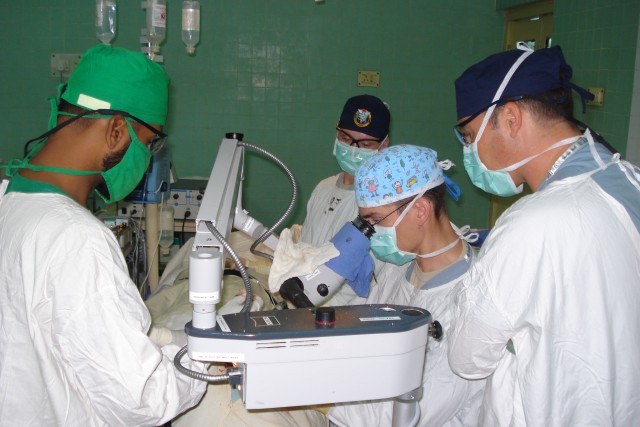
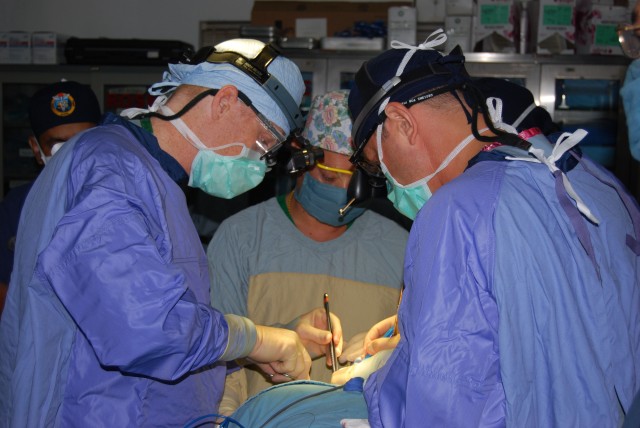
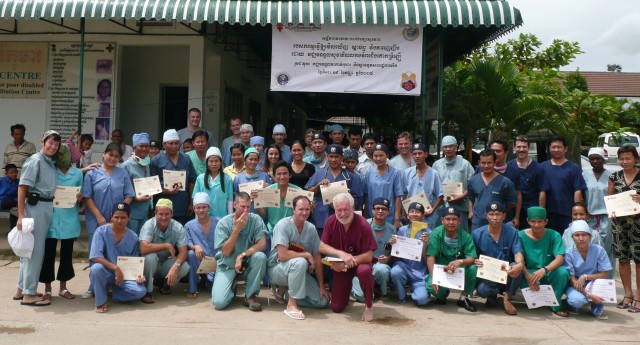
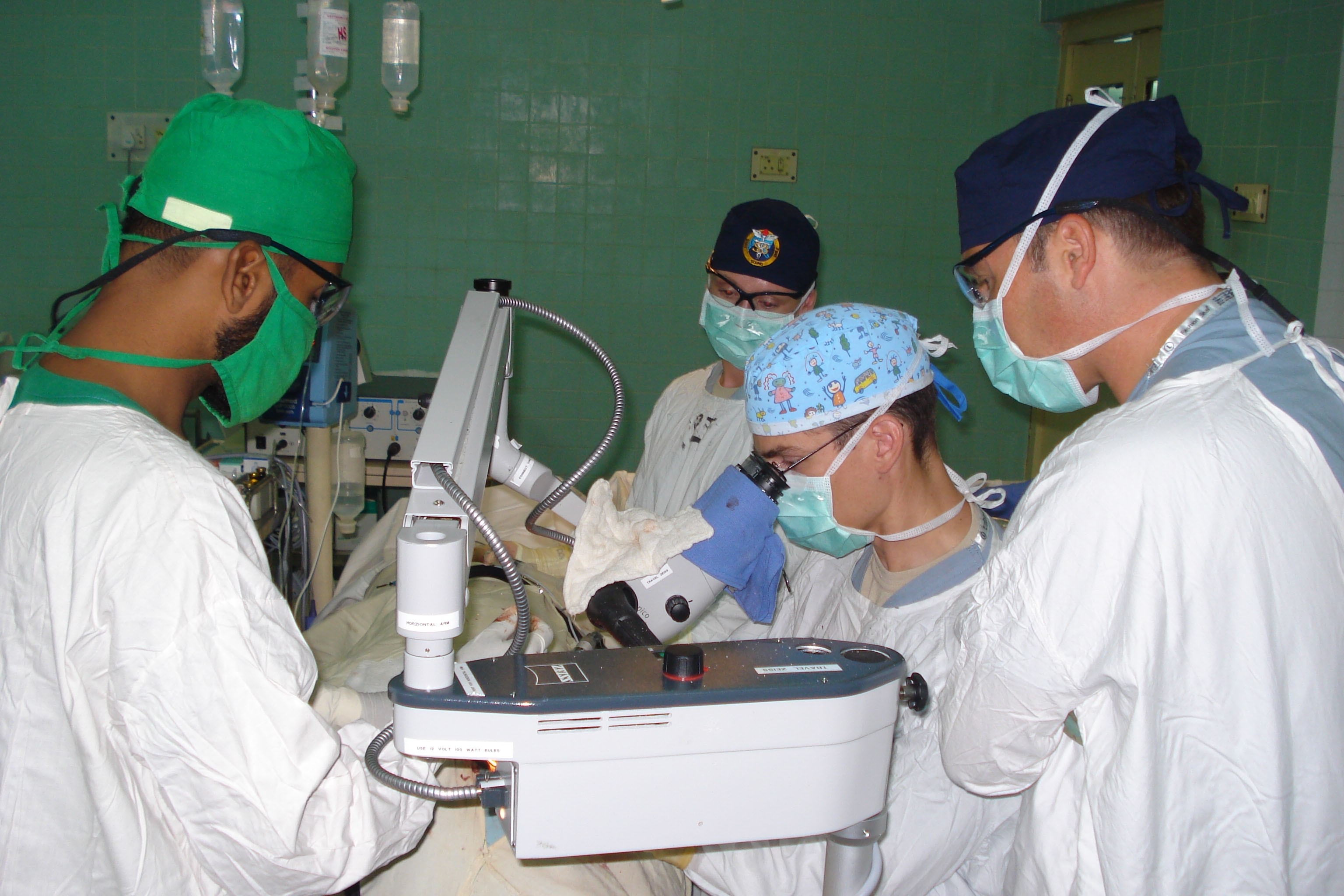
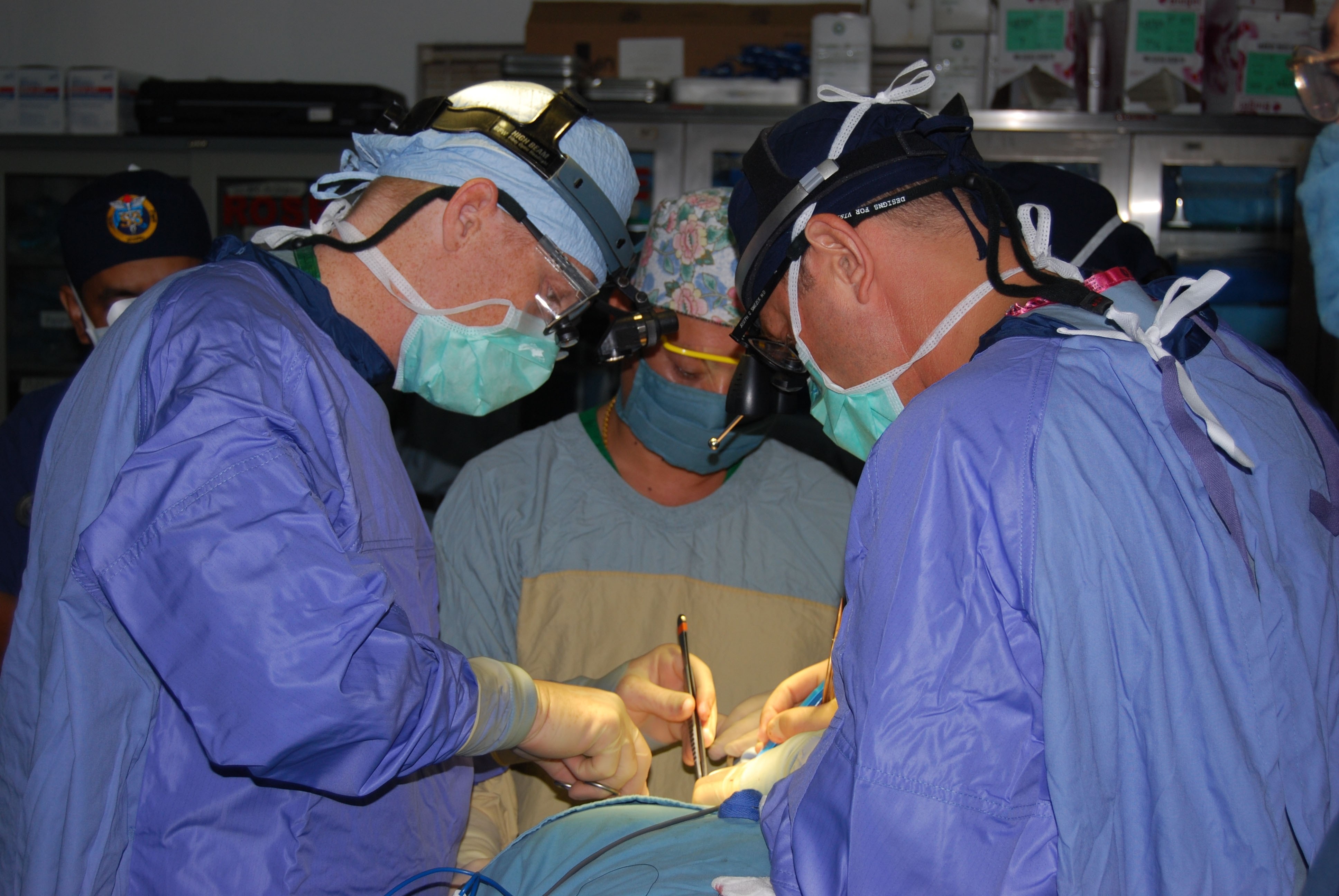

Social Sharing